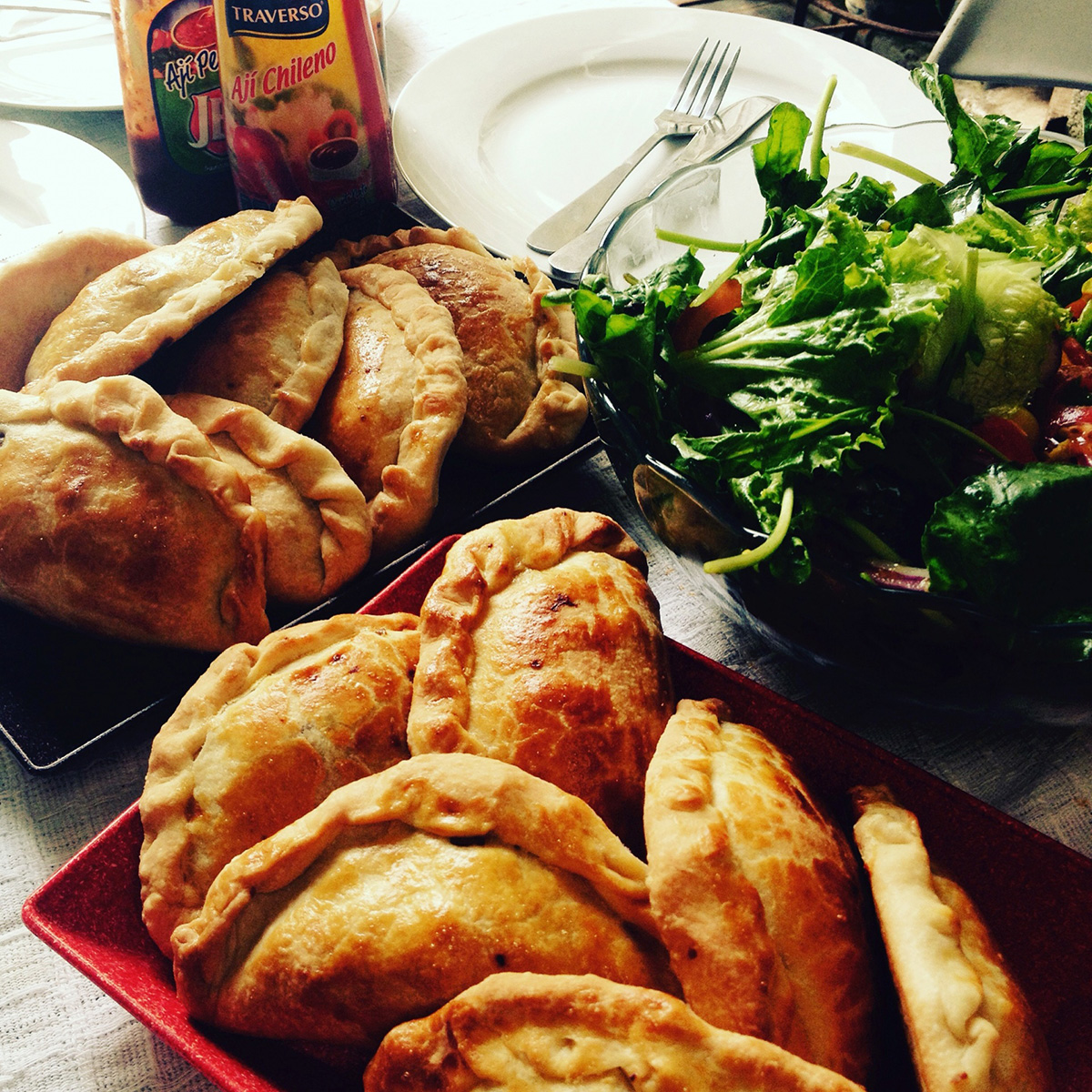Folklife Friday is a weekly digest of arts and culture articles, podcasts, and videos from across the web. Read on for a selection of the week’s best cultural heritage pieces, and don’t forget to check back next Friday for a new set of weekly picks.
A Journey through the Empanadas of Latin America
From ground beef and potato varieties in Venezuela to mozzarella and bean versions in Costa Rica, empanadas take a great many forms, as Yara Simón explains in this mouth-watering article. Here, Simón shares eight of her favorite recipes and reflects on the history of the much-beloved dish. “Whenever I fly home,” Mãní Snacks founder Monika Batista says of going to Brazil, “a pastel de queijo is one of the first things on my ‘to eat’ list.”
Remembering Nüshu, the 19th-Century Chinese Script Only Women Could Write
Though its origins remain murky, Nüshu, a nineteenth century script used in Jiangyong County, Hunan Province, is sparking renewed interest among researchers such as Cathy Silber, an assistant professor of Chinese at Skidmore College. As Silber explains, Nüshu was used primarily by peasant women, for whom access to literacy was limited. The script, often referred to as “mosquito writing,” is characterized by its thin, wispy strokes that “look like they were drawn by the legs of an insect.”
‘Our Women Have Always Carved’
Two new exhibitions in British Columbia are showcasing the work of pioneering First Nation artists. Both master carvers in their own right, Ellen Neel (Kwakwaka’wakw) and Susan Point (Musqueam) challenged long-held notions about female indigenous carvers. Taken together, their eagle design prints and Totemware ceramics, replete with interlocking geometric forms, shed new light on the profound impact of female First Nation artisans. “What [Neel] also made was this living legacy…. She resonates in the descendants and in their work across generations.”
Hear How ‘Moonlight’ Got Its Sound: Violins, Chopped and Screwed
Behind Moonlight’s otherworldly score, as film composer Nicholas Britell writes, is careful editing, stalled tracks, and themes “contorted beyond recognition.” In this piece, complete with sound clips from the film, Britell draws parallels between the soundtrack and the film’s motifs. “We were trying, in the music, to have there be a correspondence between the upside-down nature of Chiron’s world at that point and what’s happening musically without being too overt about it.”
Why Art Matters to America
For Thomas P. Campbell, director of the Metropolitan Museum of Art, an investment in culture is an investment in our collective curiosity. In this op-ed, Campbell discusses the museum’s upcoming exhibition, Age of Empires: Chinese Art of the Qin and Han Dynasties, and what the public stands to lose if exhibitions like it are lost. “The public needs a vital arts scene,” Campbell writes, “one that will inspire us to understand who we are and how we got here—and one that will help us to see other countries, like China, not as enemies in a mercenary trade war but as partners in a complicated world.”
Special thanks to editor Elisa Hough and to Amalia Cordova for their contributions to this week’s digest.
Photo by Idee Arte


